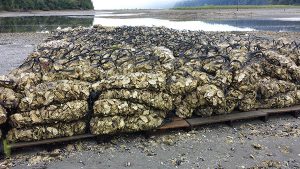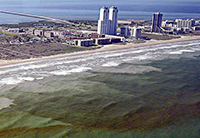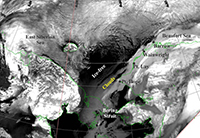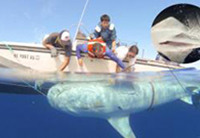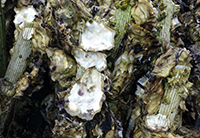
IOOS advances technology through the transition of ocean, coastal, and marine sensors and platforms to operations.
Mission: The IOOS Ocean Technology Transition program sponsors the transition of emerging marine observing technologies, for which there is an existing operational requirement and a demonstrated commitment to integration and use by the ocean observing community, to operational mode.
Vision: Transitioning marine observing technology to operations will result in improved ocean, coastal, and Great Lakes observing capabilities that are critical for helping us understand our ocean, coastal, and marine environments and improve environmental intelligence for decision making.
|
|
|
|
|
|
|
|
|
Project Information
Documents
Frequently Asked Questions
2020 OTT Funding Opportunity FAQs
Announcements
Seattle Times, Scientists launch ‘ocean robot’ to test Washington waters for shellfish toxins [May, 2016]
Miami Herald, Ocean 'robot' to help identity toxic algae off Washington [May 2016]
Hakai Institute Deploys Canada's First Burke-o-later to Monitor Ocean Acidification [April, 2016]
Pacific Northwest OTT HAB buoy featured on Seattle, WA local news station KING5 [June, 2015]
Operational Nutrient Observatory in the Northeast featured in National Water Quality Monitoring Council's 10th edition of "National Water Monitoring News" [May, 2015]
FY17 Projects Announcement [September, 2017]
FY15 Projects Announcement [August, 2015]
Pacific Ocean Acidification Portal Launched [October, 2014]
FY14 Projects Announcement [September, 2014]
FY13 Projects Announcement [September, 2013]
 Official websites use .gov
A .gov website belongs to an official government organization in the United States.
Official websites use .gov
A .gov website belongs to an official government organization in the United States.
 Secure .gov websites use HTTPS
A lock or https:// means you’ve safely connected to the .gov website. Share sensitive information only on official, secure websites.
Secure .gov websites use HTTPS
A lock or https:// means you’ve safely connected to the .gov website. Share sensitive information only on official, secure websites.

